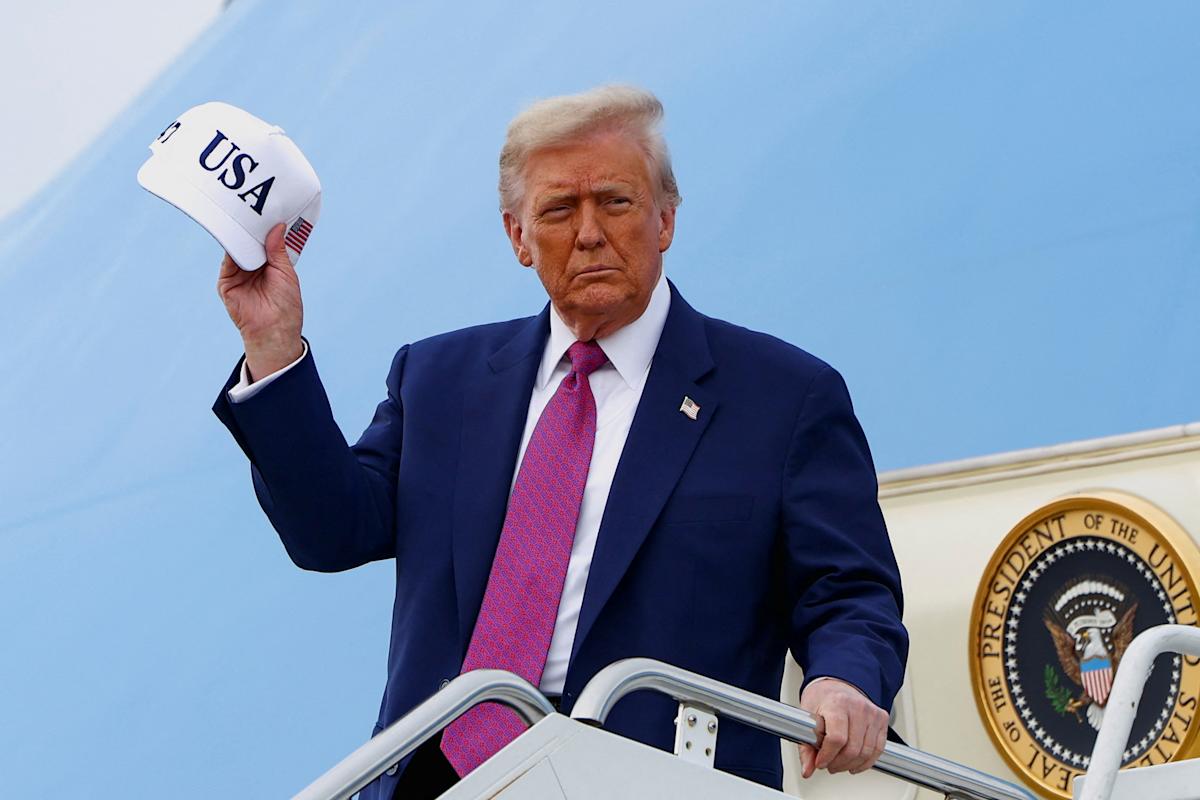
May CPI: Inflation pressures ease on a monthly basis as tariff uncertainty lingers
How did your country report this? Share your view in the comments.
Diverging Reports Breakdown
May CPI: Inflation pressures ease on a monthly basis as tariff uncertainty lingers
Consumer Price Index (CPI) rose 0.1% month over month, below April’s 0.2% rise. On an annual basis, CPI rose 2.4% in May, a slight uptick from April’s 2.3% gain. On a “core” basis, which excludes volatile food and energy costs, CPI increased 2.8% over the past year. May’s CPI report reflects a time period in which many of Trump’s tariffs were in effect. Since then, many of those “reciprocal” tariffs have been paused, but the 10% baseline duties for most countries remain in place.
The latest data from the Bureau of Labor Statistics showed that the Consumer Price Index (CPI) increased 0.1% month over month, below April’s 0.2% rise and lower than economists’ estimates of a 0.2% monthly gain in prices.
On an annual basis, CPI rose 2.4% in May, a slight uptick from April’s 2.3% gain, which marked the lowest yearly increase since February 2021.
On a “core” basis, which excludes volatile food and energy costs, CPI rose 2.8% over the past year in May, matching April. Monthly core prices increased 0.1%, a touch below April’s 0.2% gain. Heading into the report, economists had expected core CPI to rise 2.9% year over year and 0.3% month over month.
Read more: What is inflation, and how does it affect you?
Declines in car and apparel prices — categories expected to show some of the earliest impacts from tariffs — helped drive a cooler-than-expected core CPI reading last month.
“We’re not really seeing much of the pass-through, if some at all, from the tariffs,” RSM chief economist Joe Brusuelas told Yahoo Finance, noting the 0.3% decline in prices for new vehicles and the 0.5% drop in used cars and trucks.
“That really did provide the much softer print than I expected or many analysts. … But don’t get too comfortable. When [companies] hike prices by 10% to 15%, it gets passed through eventually.”
The report reflects the time period about a month after Trump’s “Liberation Day” tariff announcements shook markets and businesses. Since then, many of those “reciprocal” tariffs have been paused, but the 10% baseline duties for most countries remain in place.
Read more: Does the president control inflation?
Mexico and Canada continue to face fentanyl-related tariffs, and industry-specific tariffs on steel, aluminum, and autos remain unchanged. Tariffs on China are still significant even as a truce temporarily pauses big hikes, with the effective tariff rate on Chinese goods hovering around 30%.
Early Wednesday, the US and China agreed to a framework and implementation plan aimed at easing tariff and trade tensions. President Trump signaled his approval, saying the deal was “done,” pending final sign-off from him and Chinese President Xi Jinping.
May’s CPI report reflects a time period in which many of Trump’s tariffs were in effect. (Reuters/Evelyn Hockstein) · REUTERS / Reuters
Still, economists there say the risk of higher prices later this year remains, a view shared by many on Wall Street.
